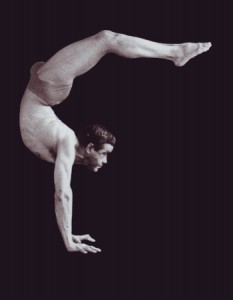Pranayama. What is it? Why do we do it?
 Pranayama is the fourth limb of the eight limbs of Yoga.
Pranayama is the fourth limb of the eight limbs of Yoga.
Pranayama is a Sanskrit word meaning extension of the breath or more accurately, “extension of the life force”. The word is composed of two Sanskrit words, Prāna meaning life force and āyāma, meaning to extend, draw out, restrain, or control
More simply, Pranayama is a series of breathing techniques or breathing exercises.
Breathing is a normal part of our life, and we often forget to pay attention to it. It is the body’s natural inclination to hold the breath whenever we feel physically or emotionally challenged. Pranayama teaches us the proper way to breathe: slowly and deeply. Breathing this way increases the capacity of the lungs, brings more oxygen into the body and stimulates the Vagus nerve. The Vagus Nerve stretches from your brain stem down to your abdomen. When the Vagus Nerve is stimulated it activates the parasympathetic nervous systems to slow your heart rate, relieve stress, and heal your body.
“When the breath is still, so is the mind.” this basic yoga concept tells us that, with breathing, we can help to either calm or excite the entire nervous system. When the breath becomes irregular and unsteady, so is our mental state. When the breath is steady so is the mind.
You might not always have time for a yoga class but you can always find a few minutes a day to practice Pranayama.
To practice Nadi Shodhana (alternate nostril breathing): Sit comfortably with an easy straight back and close the eyes. Fold in the pointer and middle fingers of the right hand. Use the thumb to block the right nostril and the ring finger to block the left nostril. Gently close your right nostril with your thumb. Inhale through your left nostril, then close it with your ring finger. exhale slowly through the right nostril. Keep the right nostril open, inhale, then close it, and open and exhale slowly through the left. This is one cycle.
The ancient yogis measured a person’s lifespan not by years but by the number of his respirations. They believed that everyone is allocated a fixed number of respirations in his or her or her lifetime, which differs from person to person.
Breath is life and life is breath. Keep breathing…


 When I was in high school my mother gave me two wonderful little books of philosophy called Notes to Myself and How to Live in the World and Still Be Happy by Hugh Prather. I read them over and over again throughout my life, his simple words always seemed to make sense, to calm and reassure me. I carried the books with me until they were so dog eared and highlighted that they literally fell apart. Even now, so many years later, his words are ingrained in my memory. One of my favorite Hugh Prather quotes is: “LIVE your life as if everything you do will eventually be known.” Now that is a tall order.
When I was in high school my mother gave me two wonderful little books of philosophy called Notes to Myself and How to Live in the World and Still Be Happy by Hugh Prather. I read them over and over again throughout my life, his simple words always seemed to make sense, to calm and reassure me. I carried the books with me until they were so dog eared and highlighted that they literally fell apart. Even now, so many years later, his words are ingrained in my memory. One of my favorite Hugh Prather quotes is: “LIVE your life as if everything you do will eventually be known.” Now that is a tall order.
